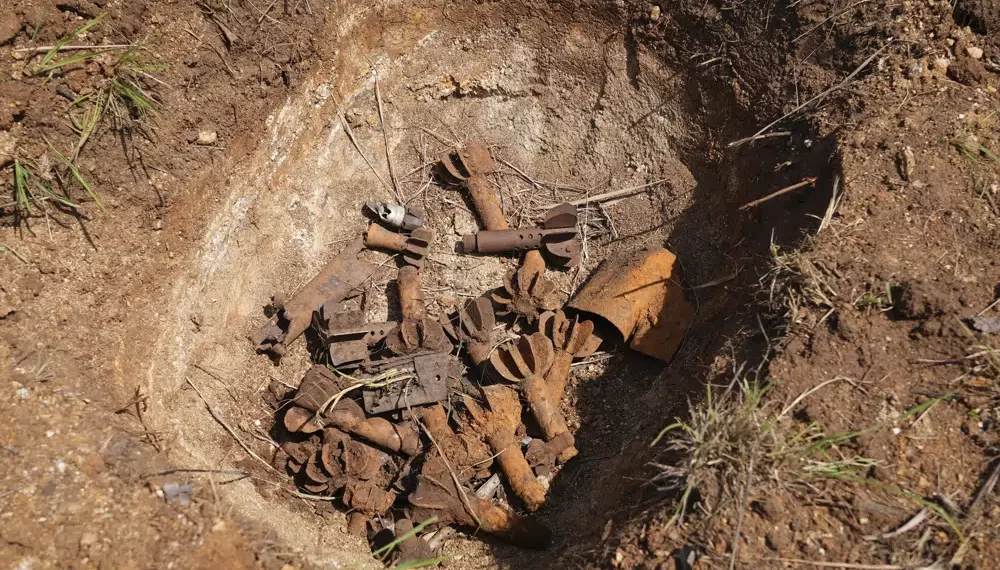Following the signing of the peace accord in 2018, which ended a five-year armed conflict that slaughtered almost 400,000 people and forced millions from their homes, South Sudanese have begun returning to their farm lands, infested with mines, that they left over from years of violence.

The U.N. Mine Action Service (UNMAS) estimated that, over 5,000 South Sudanese have died or suffered injuries, as a result of landmines and explosive devices since 2004. South Sudan hopes to eliminate all anti-personnel minefields and cluster munition devices from its territory by 2026.
However, UNMAS claimed that, more than 84 million acres or roughly 15,000 American football fields of cluster munitions and mines, have been cleared in almost twenty years. Analysts are skeptical that, the deadline would be met, because explosives are being discovered daily across the nation. In the suburbs of Western Bahr el Ghazal State, ten people died in March after inadvertently handling a grenade.
The South Sudan National Mines Action chair, Jurkuch Barach Jurkuch, disclosed that “the contamination is too huge.” According to him, finance constraints, ongoing insecurity, and floods during the rainy season, have impeded their operations.
Eastern Equatoria State happens to be South Sudan’s most polluted region. Before becoming independent in 2011, the region was plunged with conflict between the northern Sudan and the Lord’s Resistance Army, which was led by infamous warlord Joseph Kony of Uganda.
According to Mine Action Review, an international mine analysis entity, by the end of 2021, the Equatoria state was the most cluster munitions-affected locations in the nation. With more than 115,00 individuals returning, the state has been the second most populated in the nation since the peace agreement.

Families claimed that, they have to return home with the hopes of being able to farm, because their food supplies in the refugee camps in Uganda had been cut by 50% during a visit to Magwi County in May.
However, at risk of the explosive, people are returning to the ruins of war-torn communities that lack enough food, housing, or open schools. Locals claim that in some areas, more than half of the land have been poisoned.
“Danger exists whenever there are land mines. Therefore, everyone is afraid to go produce or engage in other activities in the bush out of fear of land mines,” Sebit Kilama, a village elder said.
Attempts to cleanse the area of pollution have also been made by private contractors, and relief organizations, but the work is reportedly tremendous and time consuming.
The humanitarian organization MAG, which specializes in mine clearing, uncovered 16 unexploded explosives at a cluster munitions site in less than a week of work in May. Devices have also been discovered by villagers few kilometres from major routes. A local uncovered an unexploded 60-millimeter mortar shell, a few miles into the jungle and informed the demining team.

To increase public awareness of the threat posed by mines and other unexploded ordnance, MAG has been educating local communities.
Clara Hayat, a community engagement representative with MAG, explained to a group of kids in a town whose residents had just returned from Uganda that, “land mines don’t have an expiration date.” “They can kill, so don’t bring them home,” she advised.
READ ALSO:NATO Deploys More Troops To Kosovo






















